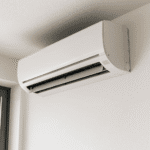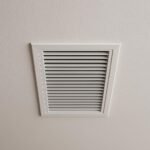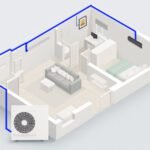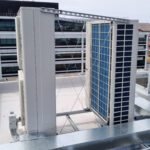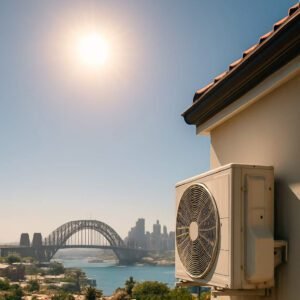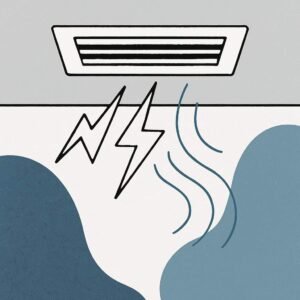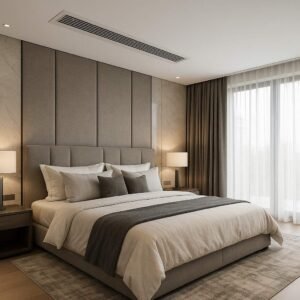Residential Bathroom and Laundry Fans Installation.
Best Practice Guide for Sydney in 2025
Air Conditioning Installation Sydney






🔑 Page Key Points
✅ Key Points – Bathroom & Laundry Fan Installation Guide
Ventilation Standards (AS1668.2 & BCA) – Learn the minimum exhaust rates and compliance requirements for bathrooms and laundries.
Types of Fans Explained – Inline, ceiling-mounted, window-mounted, and wall-mounted options compared with pros and cons.
Fan Selection Guidelines – How to choose the right fan size, airflow capacity, and ducting setup for reliable performance.
Smart Fan Controls – Options including on/off switches, motion sensors, and timer delay switches for convenience and efficiency.
Testing & Commissioning – Professional and DIY methods to check airflow and ensure your fan meets standards.
Correct Fan Positioning – Best practice locations to avoid moisture build-up, condensation, and structural damage.
1. Introduction
Proper ventilation is essential for maintaining healthy indoor air quality in bathrooms and laundries. Poorly installed or underperforming fans can lead to excess moisture, mould growth, and long-term structural issues. Below we outline the best practices for bathroom and laundry fan installation, referencing AS1668.2 and BCA regulations.
Ventilation Requirements (AS1668.2)
According to AS1668.2, the minimum exhaust rates are:
Bathrooms – 25 L/s (90 m³/h)
Laundry with non-condensing dryer – 40 L/s (144 m³/h)
These figures are the minimum required airflow, and in practice, the selected fan capacity should be much higher due to duct pressure losses.
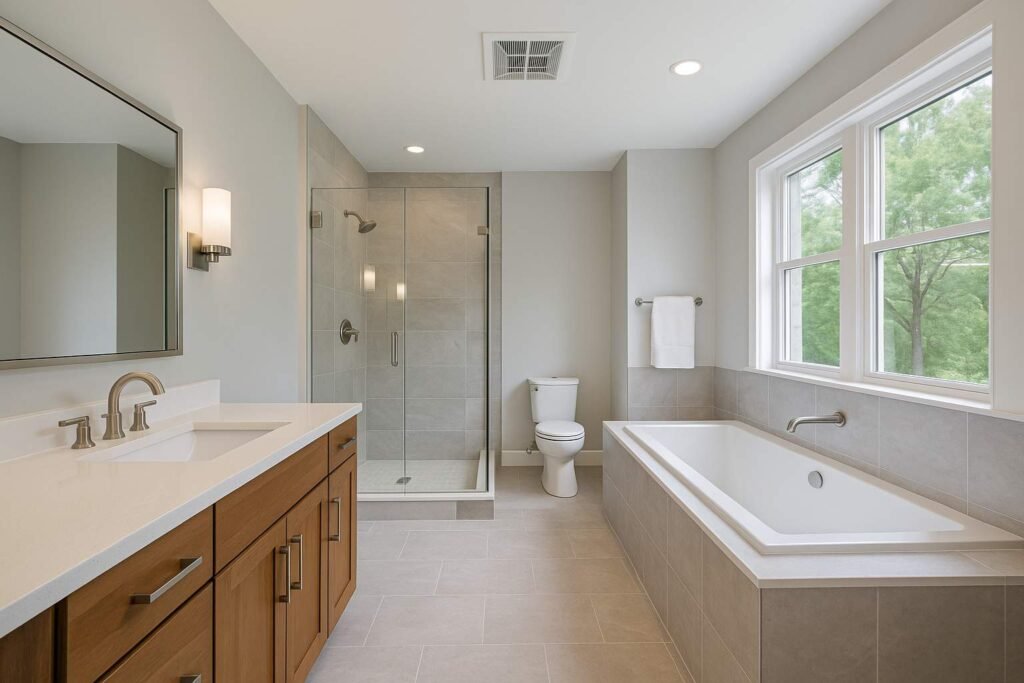
Check Air Conditioning Models and Prices Offered by Air Cooling Sydney
2. Types of Fan Installations
2.1. Inline Fan (inside duct)
- Installed in the ceiling or roof cavity within insulated ductwork.
- Provides silent operation and strong suction.
- Must include a non-return damper to stop outdoor air flowing back.
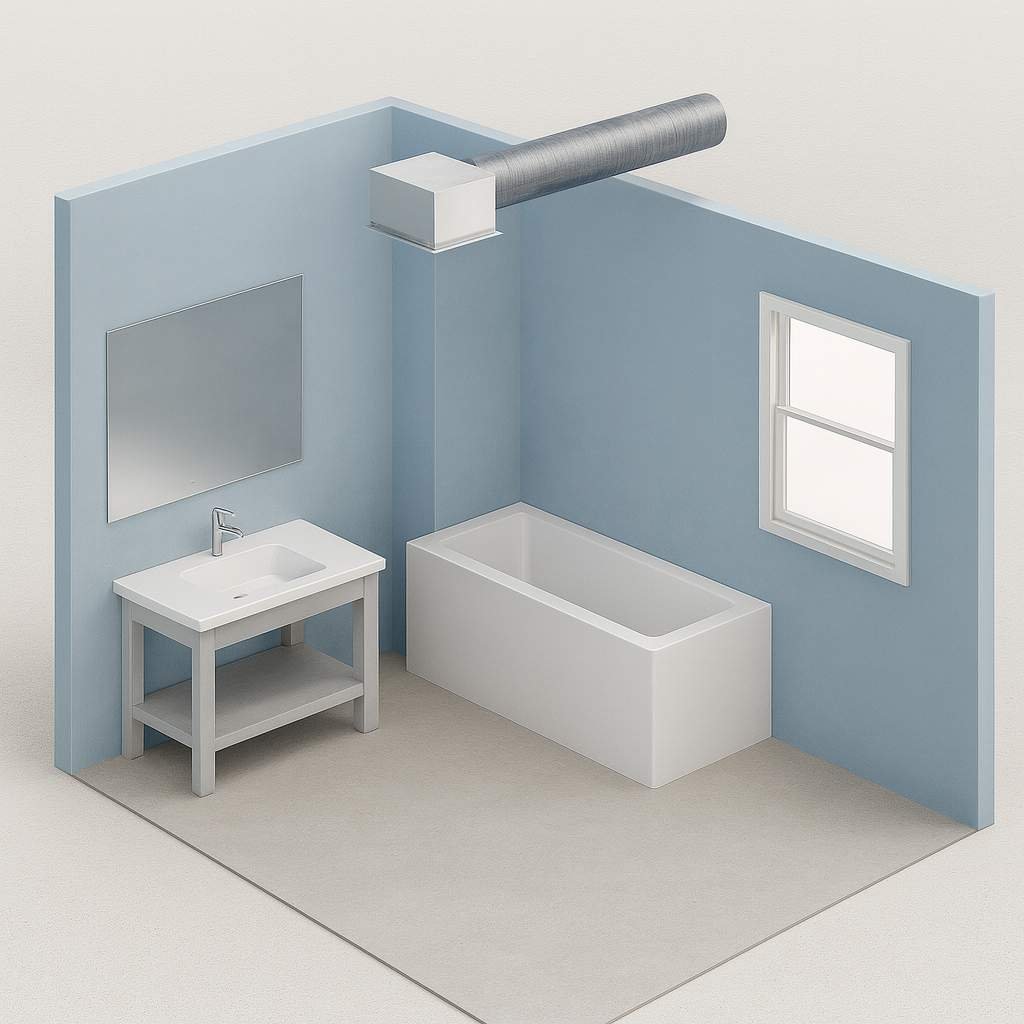
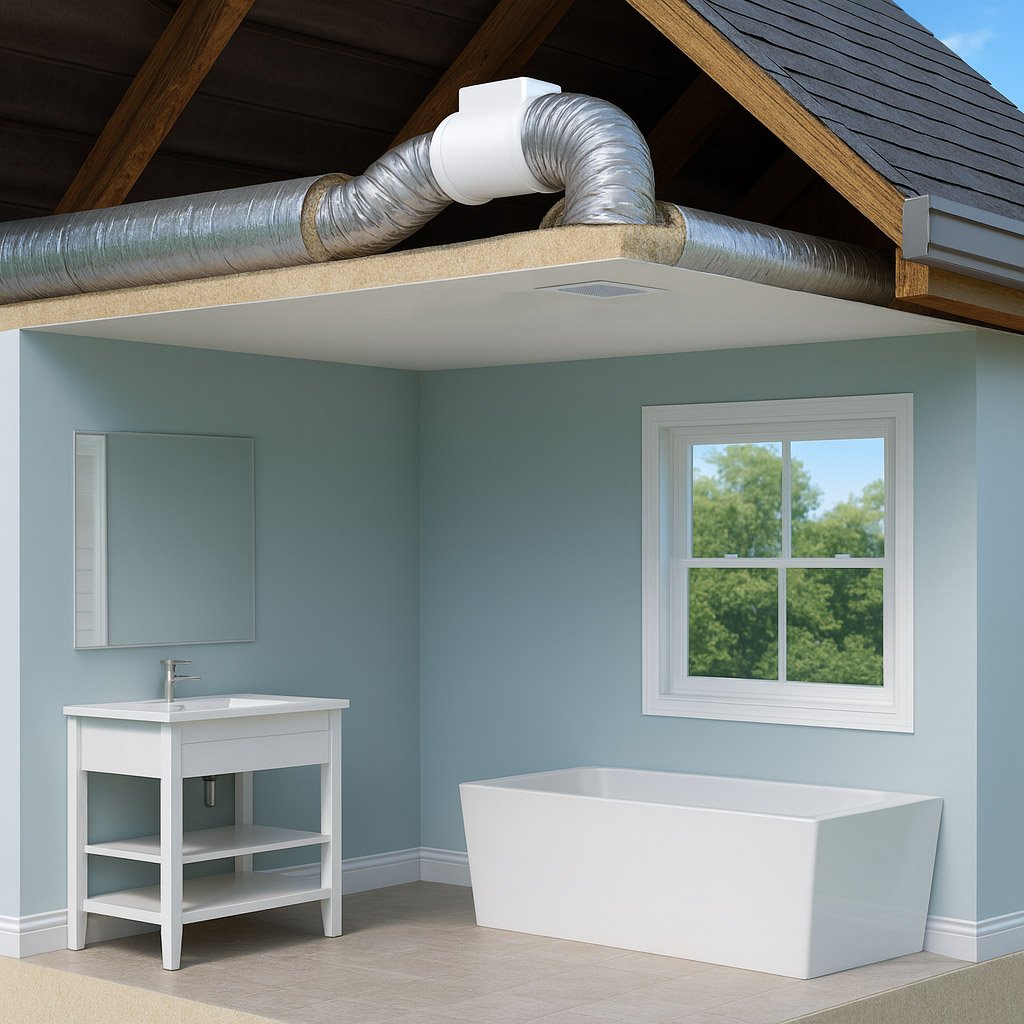
2.2. Ceiling Mounted Header Box Fan
- Mounted on the plasterboard ceiling with duct to outside.
- Effective but not as quiet as inline fans.
2.3. Window Mounted Fan
- Requires a window cut-out.
- Easy installation, but usually noisy and visually intrusive.
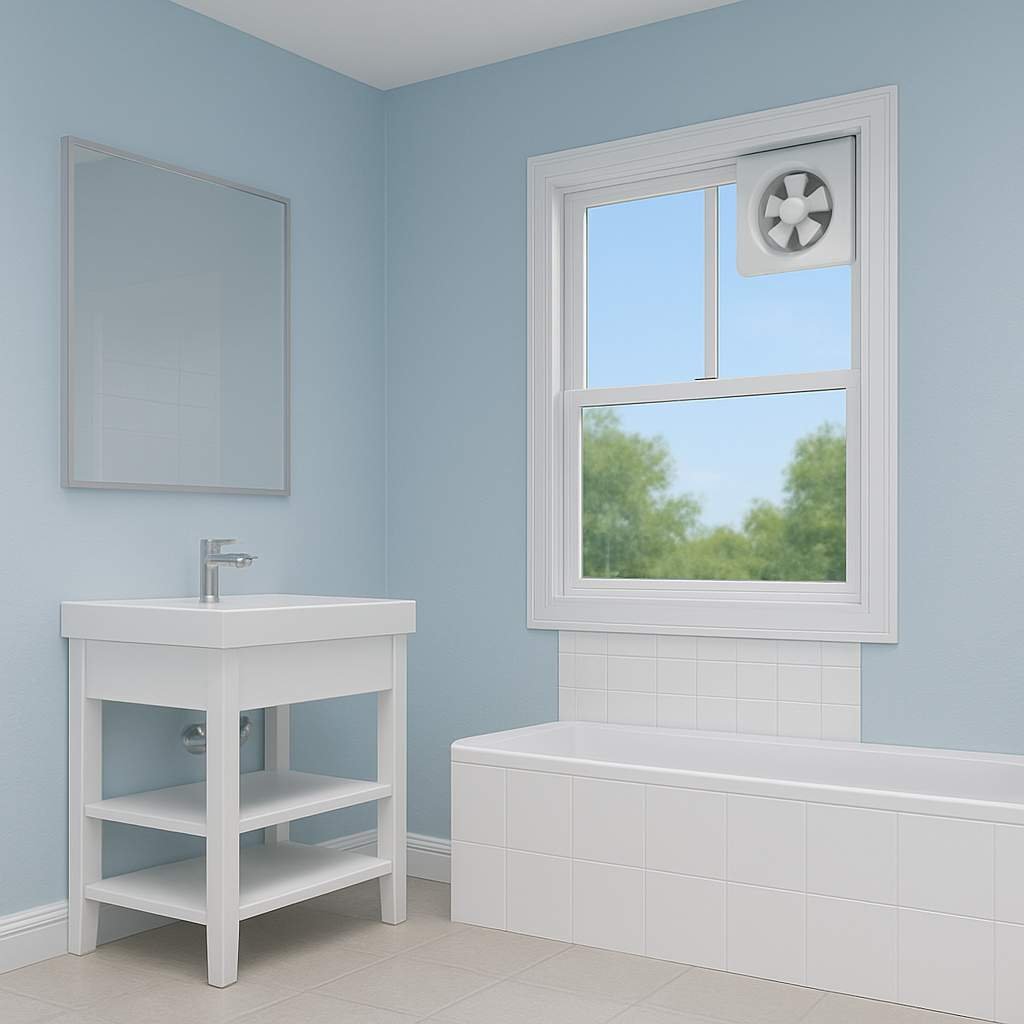
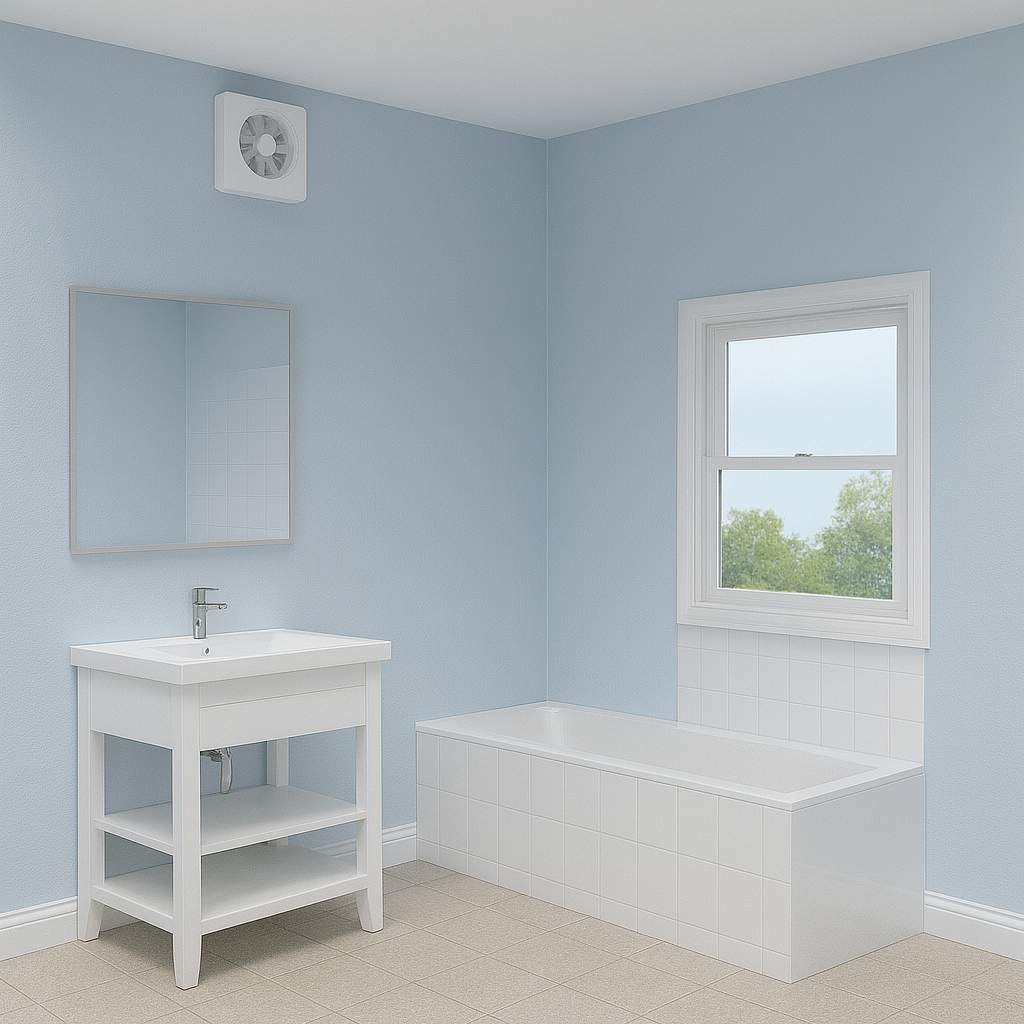
2.4. Wall Mounted Fan
- Installed through an external wall.
- Good airflow but generally louder, requires wall penetration.
Check Air Conditioning Services Offered by Air Cooling Sydney
3. Fan Information
3.1. Fan Selection Guidelines
- Always check fan duty against required airflow.
- Select a fan with 2–3× the minimum AS1668.2 requirement, since flexible ducting significantly reduces airflow.
- Avoid ducts smaller than 150 mm diameter.
Best option:
Silent fan with integrated silencer
ECM motor (smooth start/stop, energy efficient)
Speed control regulator for fine airflow adjustment

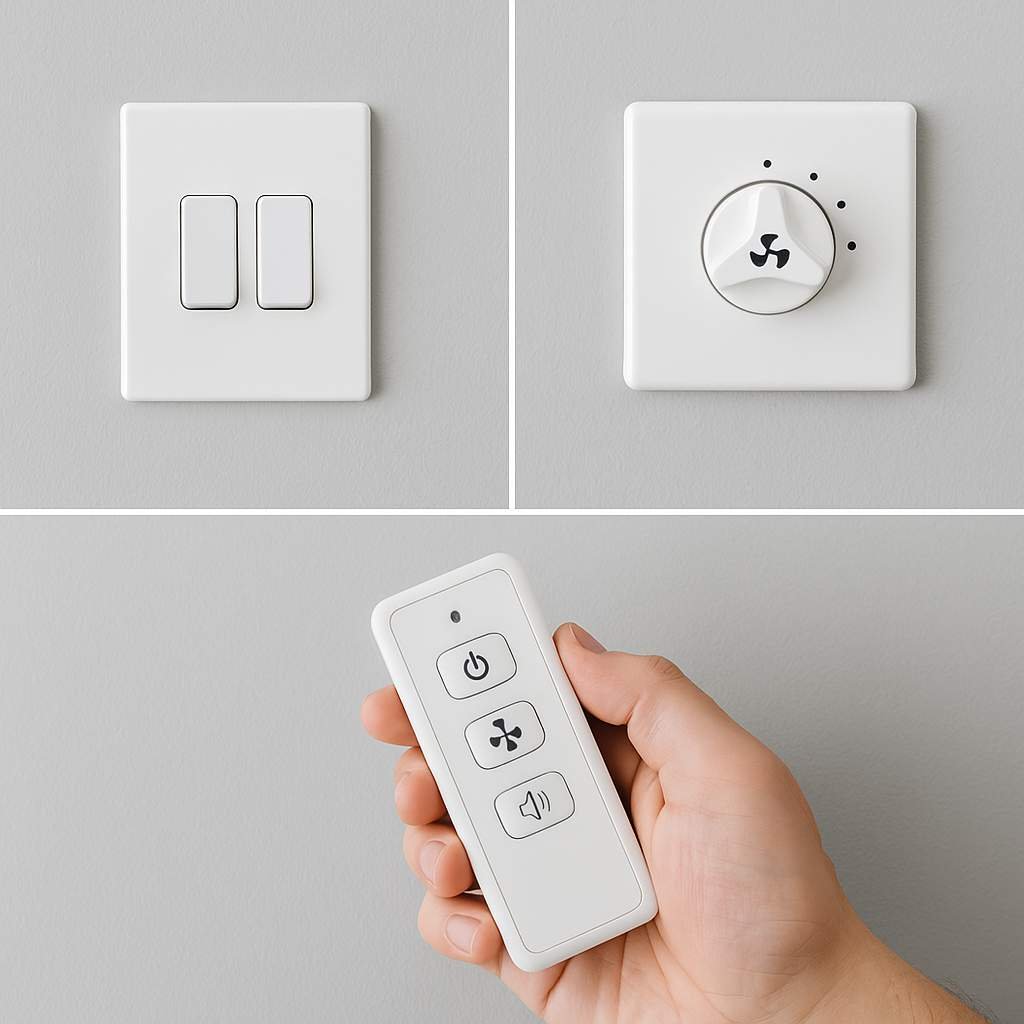
3.2. Fan Control Options
- On/Off Switch – simple and reliable.
- PIR Motion Sensor – automatic activation when motion is detected.
- Timer Delay Switch – keeps the fan running 1–15 minutes after lights are turned off for moisture removal.
3.3. Airflow Testing and Commissioning
- Professional check: use air balancing hood to measure exact airflow.
- DIY check: hold a paper towel against the grille – it should stick firmly, indicating sufficient suction.
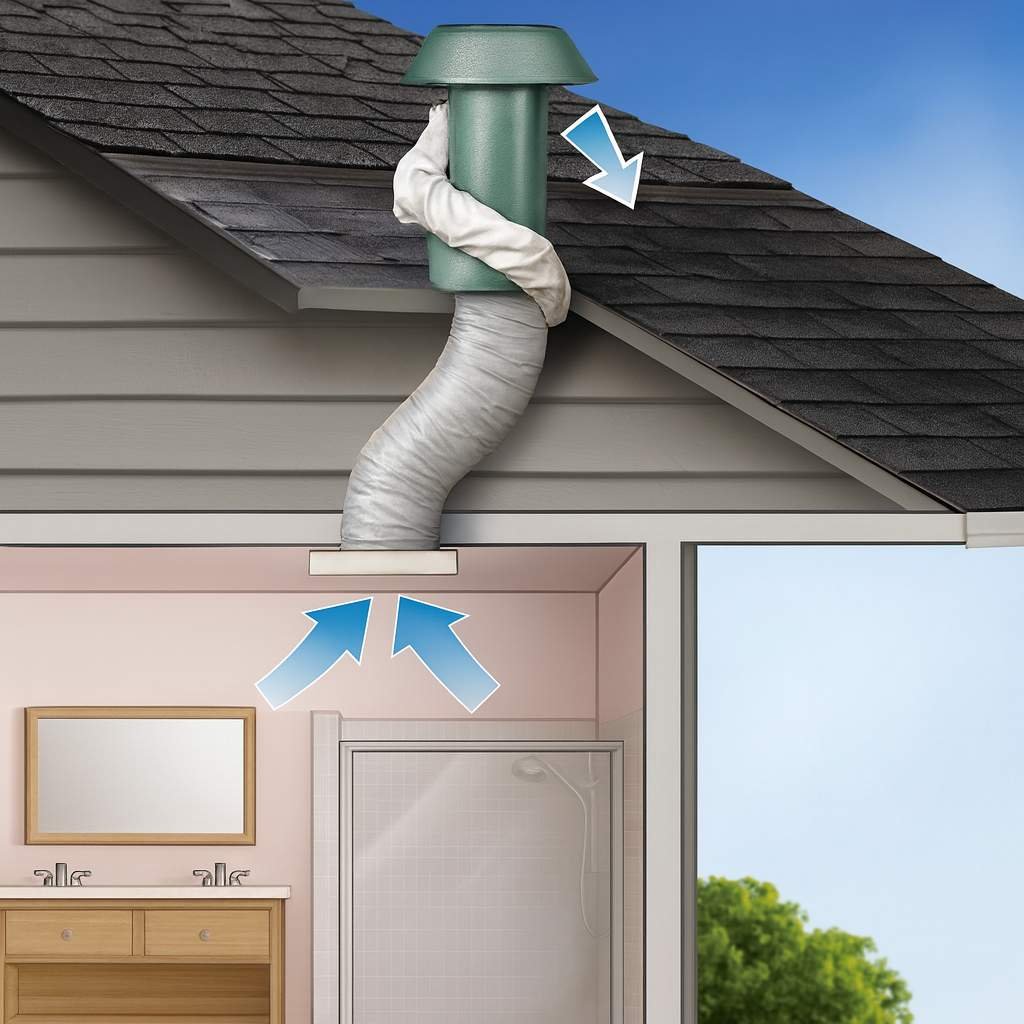
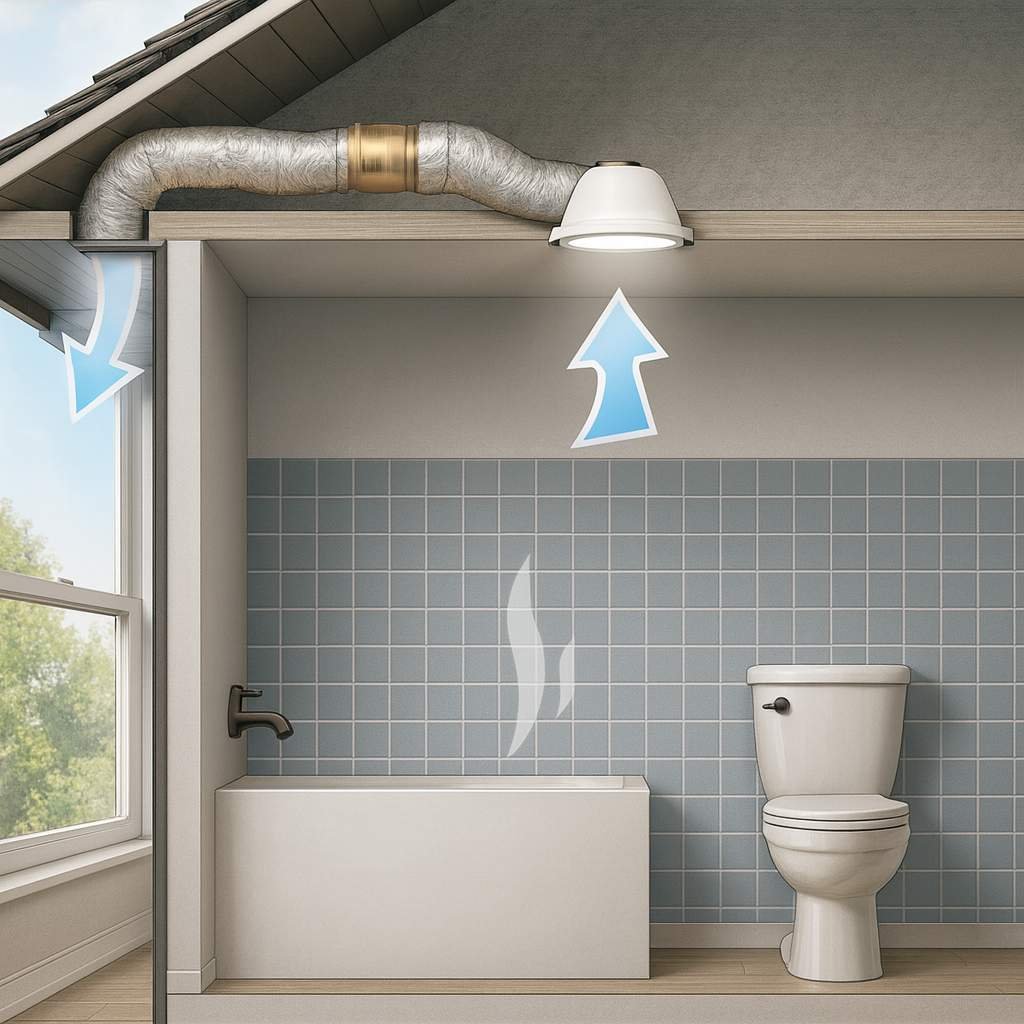
3.4. Fan Location
- The best position is directly above the toilet or near the shower area.
- Use insulated flexible duct connected to the outside via eaves, wall vent, or roof cowl.
- Do not discharge into the attic – this causes moisture buildup and condensation.
Exception: only permissible if the attic is naturally ventilated and no sarking is installed on the roof (per BCA).
Why Air Cooling is the best company for your requirements?
 Servicing Sydney with Fast Response
Servicing Sydney with Fast Response
 10+ years experience across Sydney
10+ years experience across Sydney
 Competitive pricing & transparent quotes
Competitive pricing & transparent quotes
 24/7 emergency service
24/7 emergency service
 Licensed & Insured Professionals
Licensed & Insured Professionals
4. Summary and Key Takeaways of the Fan Guide
- Always follow AS1668.2 minimum flow rates.
- Discharge air outside, never into roof space.
- Choose oversized, quiet, ECM fans with at least 150 mm duct.
- Use proper controls and dampers for efficiency and comfort.
- Correct installation of bathroom and laundry exhaust fans ensures compliance with BCA regulations, prevents condensation issues, and provides a healthier living environment.

Benefits of Regular Air Conditioning Servicing
 Lower energy bills thanks to improved efficiency
Lower energy bills thanks to improved efficiency
 Longer system lifespan by reducing wear and tear
Longer system lifespan by reducing wear and tear
 Better air quality with clean filters and components
Better air quality with clean filters and components
 Fewer unexpected breakdowns during peak seasons
Fewer unexpected breakdowns during peak seasons
 Compliance with manufacturer warranties
Compliance with manufacturer warranties
5. Frequently Asked Questions

- Q1. What is the minimum exhaust rate for a bathroom fan?
AS1668.2 specifies a minimum of 25 L/s (90 m³/h) for bathrooms. In practice, a higher-rated fan is recommended to account for duct losses. - Q2. Where should I install a bathroom exhaust fan?
The best location is above the toilet or near the shower, ducted directly to the outside via eaves, wall vent, or roof cowl. Never discharge into the roof space unless it is naturally ventilated. - Q3. What type of fan is best for bathrooms?
Inline fans in the ceiling cavity are usually the quietest and most powerful option. Ceiling, wall, or window fans are simpler to install but often noisier. - Q4. Do bathroom fans need regular servicing?
Yes — cleaning filters, checking ducts, and testing airflow ensures the fan continues to remove moisture effectively, helping prevent mould and condensation issues.
Air Cooling Tips, Tricks and Guides
6. How Air Cooling Can Help
We’re proud to be your local Sydney air conditioning system specialists, offering a full range of services to cover every aspect of your air conditioning system needs. Our team understands Sydney’s unique climate and housing requirements, and we tailor our services to ensure you get the most out of your air conditioning. Here’s how we can help:
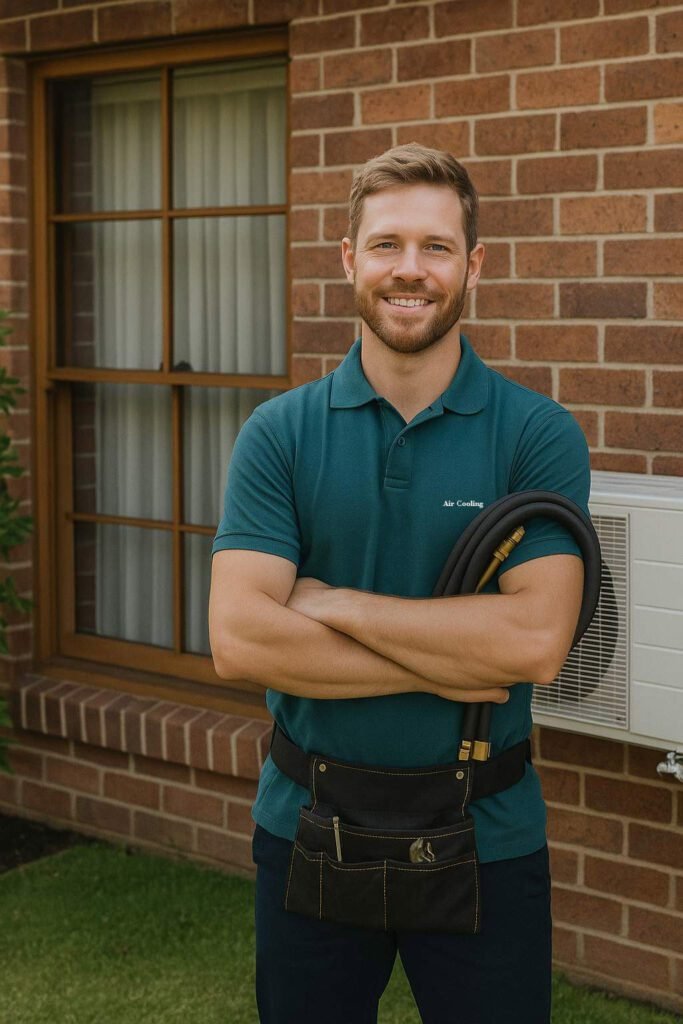
- Expert Installation
Correct installation is vital for your air conditioning system’s efficiency and longevity. At Air Cooling, we provide professional split, ducted, and multi-split installations in Sydney across all major brands. Our technicians ensure the right capacity and placement for reliable cooling on Sydney’s 40°C summer days and energy-efficient heating in winter. We handle mounting, electrical and refrigerant connections, and compliance with local regulations and strata requirements. Every system is fully tested, and we guide you through controls and settings for maximum comfort.
- Maintenance & Servicing
Your AC works best with regular servicing. Our packages cover filter cleaning, refrigerant checks, coil inspections, and fan testing. Annual maintenance helps avoid breakdowns, extends lifespan, and ensures clean indoor air quality by preventing dust and mould build-up. We recommend scheduling service in spring to be ready for summer.
- Repairs & Support
If your unit isn’t cooling, is noisy, or shows errors, we provide fast repairs across Sydney. Our skilled technicians carry common parts and service all major brands, aiming for same-day fixes. From leaks to electrical faults, we restore comfort quickly. If repair isn’t cost-effective, we give honest replacement advice.
- Consultation & Sizing Advice
Not sure what’s best for your home or business? We offer obligation-free consultations with tailored recommendations for Sydney’s diverse housing – from apartments to large family homes. By considering room size, insulation, and usage patterns, we recommend the most energy-efficient system to deliver year-round comfort and reduce running costs.
Air Conditioning Installation Sydney














